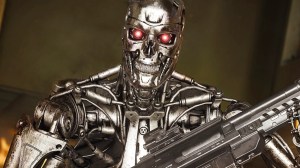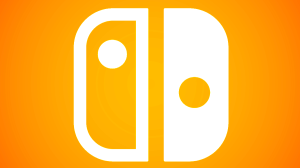Whether you’re a FromSoftware first-timer or a veteran of the Dark Souls formula, Sekiro: Shadows Die Twice is not a game that’s easily forgotten. Brimming with aggression and grueling lessons and set within a gorgeous setting of 1500s Japan, it’s a game that pushes players’ limits and demands their respect. The result is a riveting change of pace that builds on the company’s past successes, and after getting a taste of it, it’s no wonder that it ranks high on people’s lists of their favorite games of the year.
Videos by ComicBook.com
Sekiro: Shadows Die Twice had the cards stacked in its favor even before it released to immediately set it up as a Game of the Year contender. As mentioned, it’s developed by FromSoftware, the renowned creators behind the mysterious and challenging worlds of Dark Souls and Bloodborne, and previews showed it to be brimming with fast-paced content in the distinct yet true-to-style setting. Comparisons to the Dark Souls series were understandably made to try and explain how playing Sekiro looked and felt before and after its release, but Sekiro is something else entirely.
It’s an action-adventure game first off, which immediately sets it apart from Dark Souls and FromSoftware’s Bloodborne. Players are affixed to a much more linear path with limited customization options beyond skills and only so many tools with which to face their opponents. It boasts a degree of mobility and verticality unseen in past FromSoftware games, and challenges players to learn its rules instead of carrying over past experiences to guide them through.
Sekiro’s biggest success can be boiled down to its superb combat system, but there are so many factors at play within that system that it’s a disservice to just say that. At the heart of Sekiro’s combat are opportunities for growth, adaptations, failures, creativity, and above all else, triumphant successes.
Dark Souls games give players multiple ways to play, but Sekiro stands by its “parry or die” formula. It rewards aggression as much as it does swift, defensive maneuvers used to overpower enemies and shatter their defenses as opposed to whittling down a health bar. Failures happen frequently, but getting chopped down by an unforeseen attack only to successfully parry it in your next life creates an ebb and flow of frustration and reward that makes the eventual victory that much more meaningful. Sekiro breaks down players’ habits from the beginning and refuses to budge, which is why it’s regarded as such a difficult game by many who play it, but mastering its nuances of perfect deflections and acrobatic counters creates some exhilarating experiences.
Failure almost always means death in Sekiro, but as the game often reminds players, death is hardly the end. You’ll eventually wave the game’s return-from-death mechanic off as just another part of the game, but it’s actually a pretty ingenious way to give players some room for error while rewarding tactical usage. Sekiro‘s death system allows players to return from defeat to catch unwary opponents by surprise and gives them a chance at another rebirth even after that, but only if the players are willing to put in the effort and the aggression to get that chance. Not dying is obviously always the goal in Sekiro, but the developers found a way to make it sting a little bit less.
It wouldn’t be a FromSoftware game without boss fights that’ll be remembered through the ages, and Sekiro more than exceeds expectations in that department with such a varied array of skilled swordsmen and behemoths to challenge. You’ve got the nimble bosses like the Ashina Elite named Ujinari Mizuo and the Long Arm Centipede that will test how skilled you are at deflections, and on the opposite end of that spectrum is the Demon of Hatred and Guardian Ape bosses which may cause players to revert back to their strike-and-dodge Dark Souls roots.
If Sekiro could’ve done with any extra add-ons, it would’ve been a boss rush mode, but the game’s honestly fairly immaculate as it is. The fact that it didn’t need anything extra is commendable itself – it received no DLC and no additional modes aside from ways to make the game more challenging after completion. It received a few patches after release to resolve issues like the Blazing Bull’s beefiness and to change how effective some prosthetics were, but the fact that it required so little post-release tinkering is worthy of praise.
Whether it was Sekiro‘s world that took your breath away or its difficulty that knocked the breath out of you, it’s easy to see after playing it why it was short-listed on people’s Game of the Year lists even though it released so early in 2019. It’s a game that shook off comparisons to FromSoftware’s past works, and it showed that people shouldn’t be looking only to Dark Souls for inspirations – they should be looking purely at everything FromSoftware, and whatever the developer does next.









